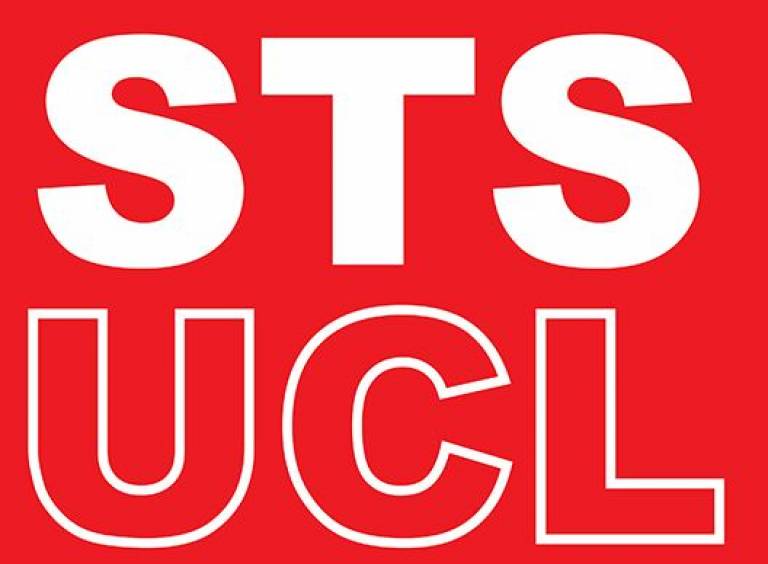UCL STS Seminar series: Joeri Witteveen
17 April 2024, 4:00 pm–5:30 pm

UCL STS Seminar series : Golden spikes, scientific types, and the ma(r)king of deep time
This event is free.
Event Information
Open to
- All
Availability
- Yes
Cost
- Free
Organiser
-
UCL Department of Science and Technology Studies
Location
-
LG11UCL Bentham House4-8 Endsleigh GardensLondonWC1H 0EG
Abstract
Chronostratigraphy is the subfield of geology that studies the relative age of rock strata and that aims at producing a hierarchical classification of (global) divisions of the historical time-rock record. The ‘golden spike’ approach is the cornerstone of contemporary chronostratigraphic methodology. It is also perplexing. Chronostratigraphers define each global time-rock boundary extremely locally, often by driving a gold-colored pin into an exposed rock section at a particular level. Moreover, they usually avoid rock sections that show any meaningful sign of paleontological disruption or geological discontinuity; the less obvious the boundary, the better. It has been argued that we can make sense of this practice of marking boundaries by comparing the status and function of golden spikes to that of other concrete, particular reference standards from other sciences: holotypes from biological taxonomy and measurement prototypes from the metrology of weight and measures. Alisa Bokulich has argued that these ‘scientific types’ are in an important sense one of a kind: they have a common status and function. I will argue that this picture of high-level conceptual unity is mistaken and fails to consider the diversity of aims and purposes of standardization and classification across the sciences. I develop an alternative, disunified account of scientific types that shows how differences in ontological attitudes and epistemic aims may call for the adoption of different kinds of scientific types. This disunified account helps to make sense of an intriguing mid-twentieth-century debate among chronostratigraphers about the very nature of their enterprise. Should chronostratigraphers conventionally make boundaries by designating golden spikes, or should they attempt to mark pre-existing ‘natural’ boundaries with the help of a different kind of scientific type?
About the Speaker
Joeri Witteveen
Associate Professor of History and Philosophy of Science at University of Copenhagen
More about Joeri Witteveen Close
Close

